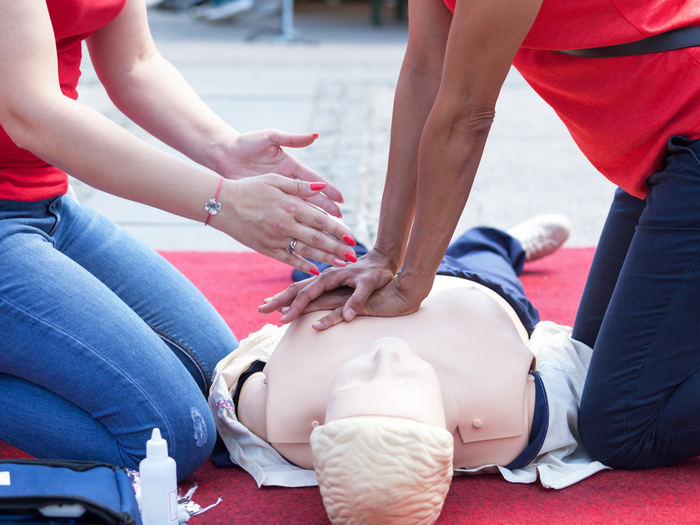Every second counts when you are in a crisis. Knowledge and skills learned through first aid can make a difference in critical situations. If you’re in an automobile accident, have a sudden heart attack, or suffer a workplace injury, the ability to receive immediate medical attention can mean the world. In this article, you’ll learn about the tremendous impact first aid training can have on saving lives and the importance courses like HLTAID011 provide First Aid.
Table of Contents
Why First Aid Training?
First aid instruction provides the necessary knowledge and skills to help others in an emergency before medical professionals arrive. First aid techniques range from administering CPR to treating wounds and controlling blood flow. These are designed to stabilize someone’s health and prevent further damage until professional medical care arrives.
Immediate reaction in critical situations:
In many emergency scenarios, the first moments are vital to the well-being and survival of the victims. First aid course empower individuals to act swiftly and decisively in order to meet the immediate medical needs of the injured. By providing timely interventions, individuals trained in first aid can greatly increase the chance of a good outcome and reduce the risk of complications.
Empowering those who are bystanders and want to act:
Bystanders can be empowered to help in emergencies by receiving first aid training. If someone is in trouble, they can seek help from trained individuals, whether at home, work, or in public. This proactive action can help bridge the gap between the moment an emergency occurs and the arrival of medical professionals, potentially saving lives and valuable time.
Community preparedness and resilience:
Communities who prioritize first-aid training are better prepared for emergencies and disasters. By ensuring the training of a majority of residents in first aid techniques, a community can increase its overall resilience and be more prepared for unexpected events. This collective preparation fosters a strong sense of community and a spirit of cooperation.
Promoting A Culture Of Safety:
First aid courses prepare individuals not only to respond to emergencies but also to promote a safe and healthy culture. By increasing awareness about hazards and potential risks, first-aid courses encourage proactive steps to prevent accidents. Education and training allow individuals to gain a greater understanding of the dangers they may face and how to reduce them.
Provide First-Aid Course:
HLTAID011 provide first aid is a comprehensive, first-aid course that aims to give participants the knowledge and skills to deal with a variety of medical emergencies. This course covers everything from assessing an emergency scene to providing CPR or treating bites and injuries.
Conclusion:
In times of emergency, providing immediate medical attention can mean a life or death difference. First aid education is vital for equipping individuals with the skills to deal with emergencies in any situation, be it at home, work, or public. First aid courses save lives by empowering individuals to intervene, assess, and stabilize the condition of a victim. They also promote community resilience.
Investing in first-aid education is about more than acquiring knowledge. It’s about building a stronger community and saving lives. You can be a proactive force of good when in need, whether you’re a health professional, workplace safety official, or simply an interested citizen.

